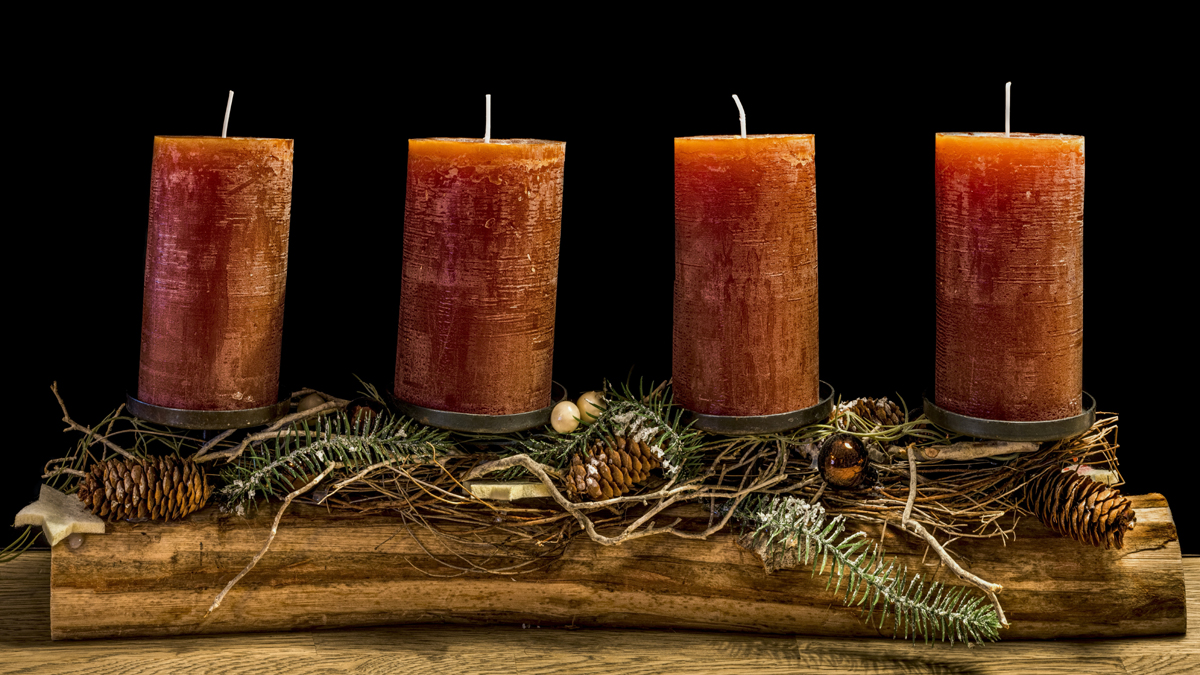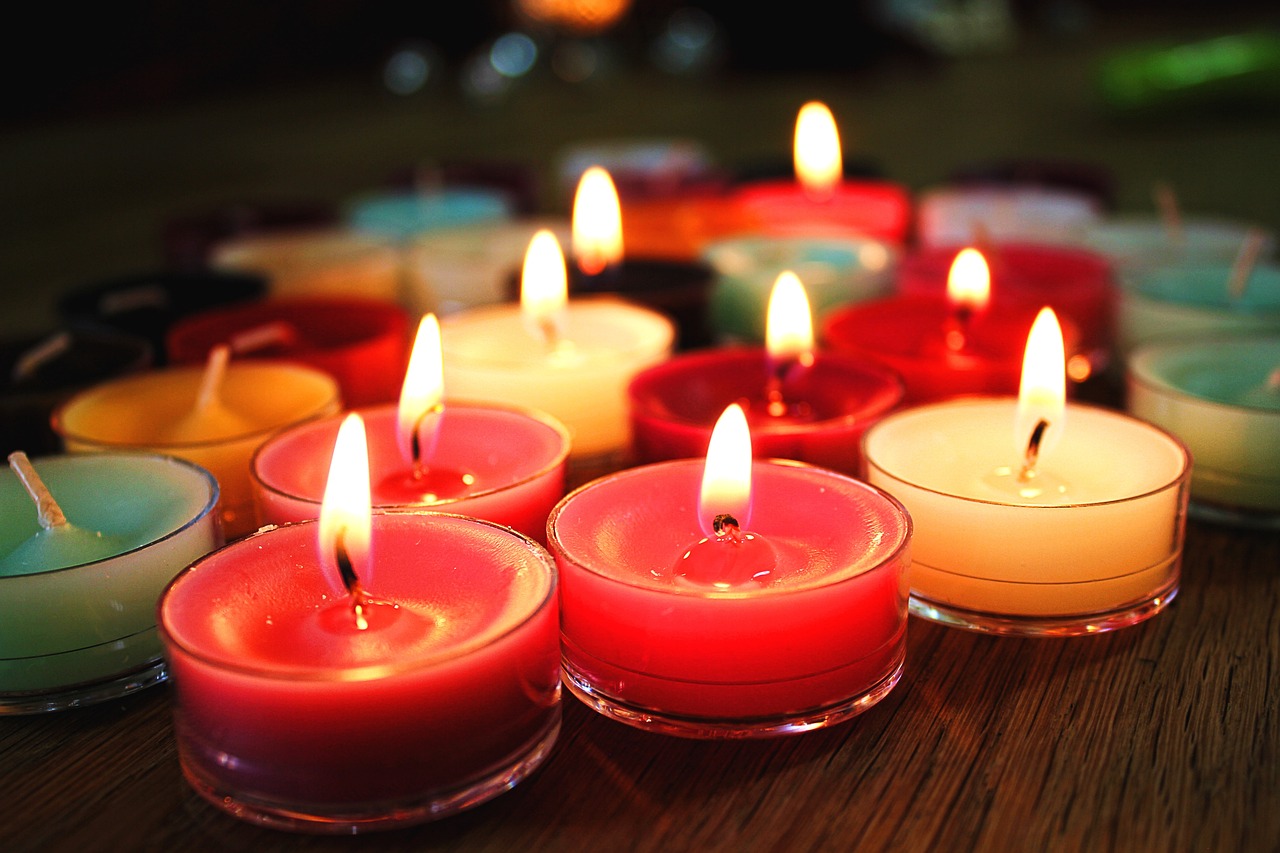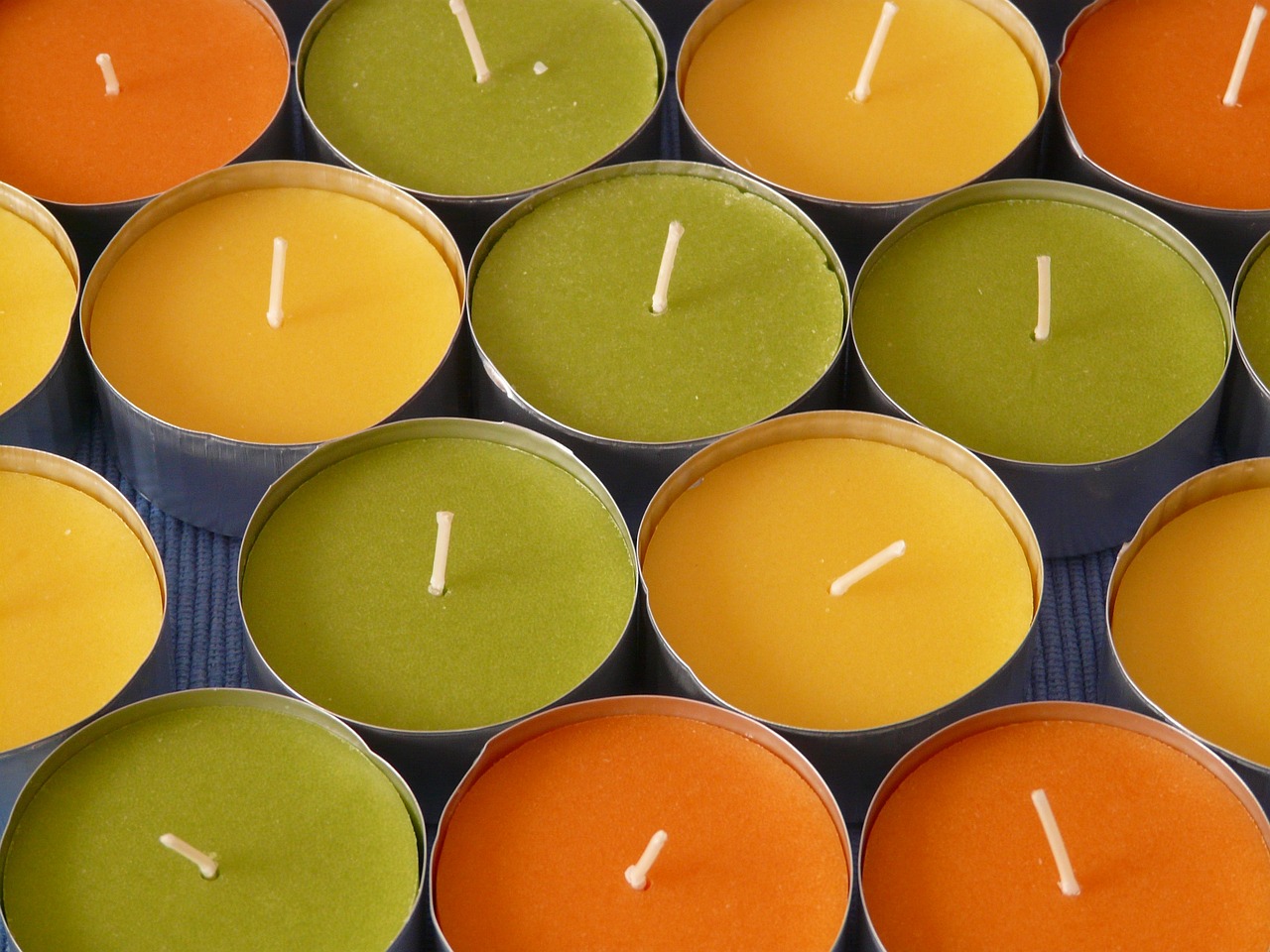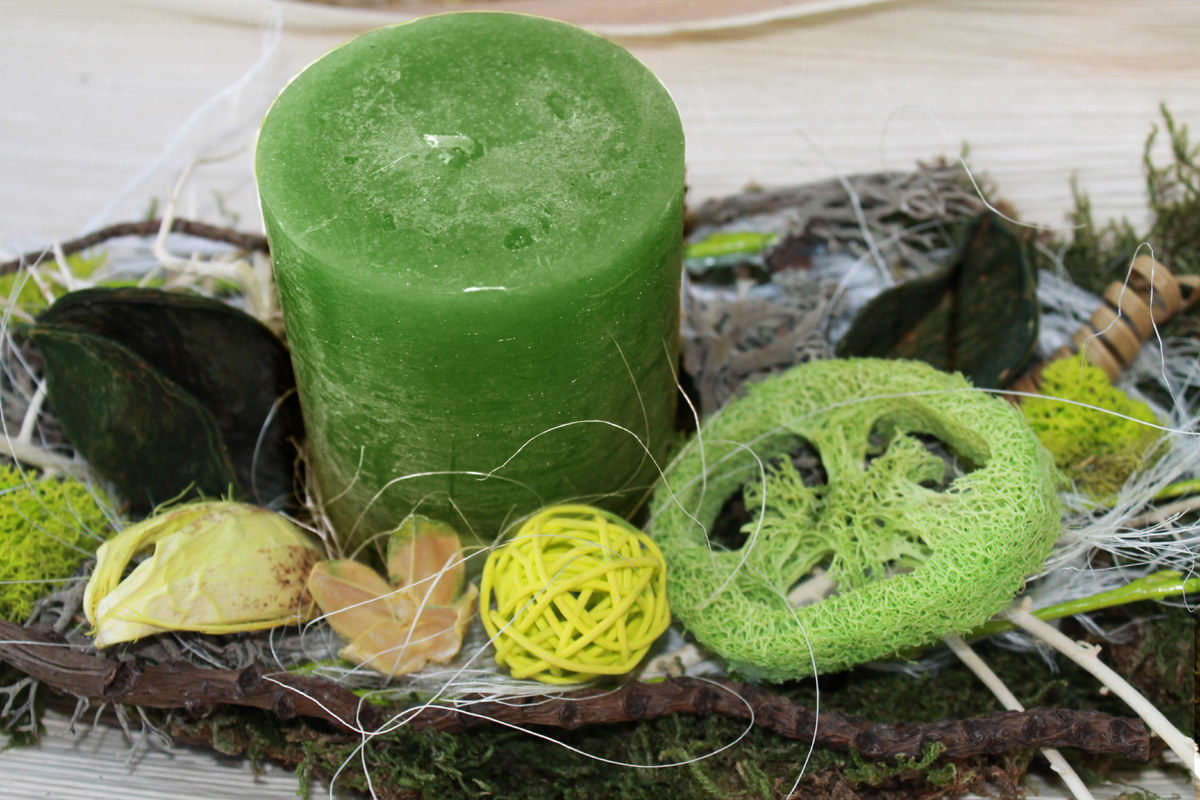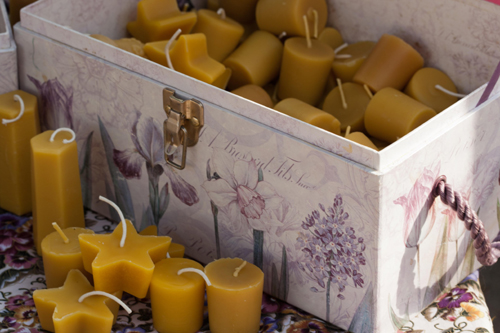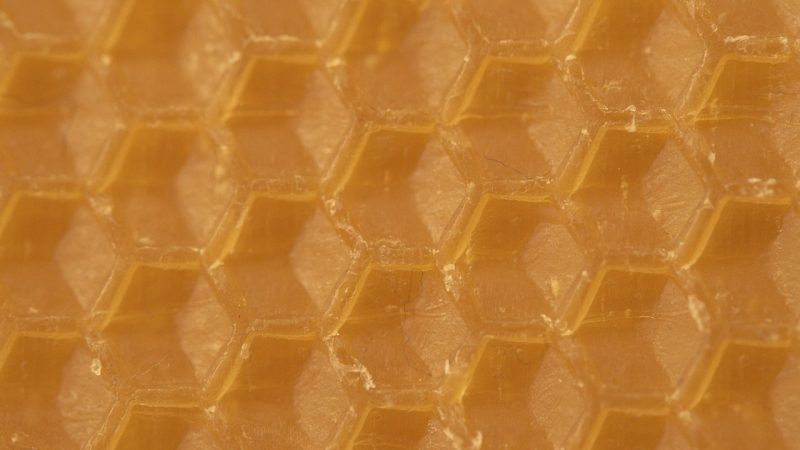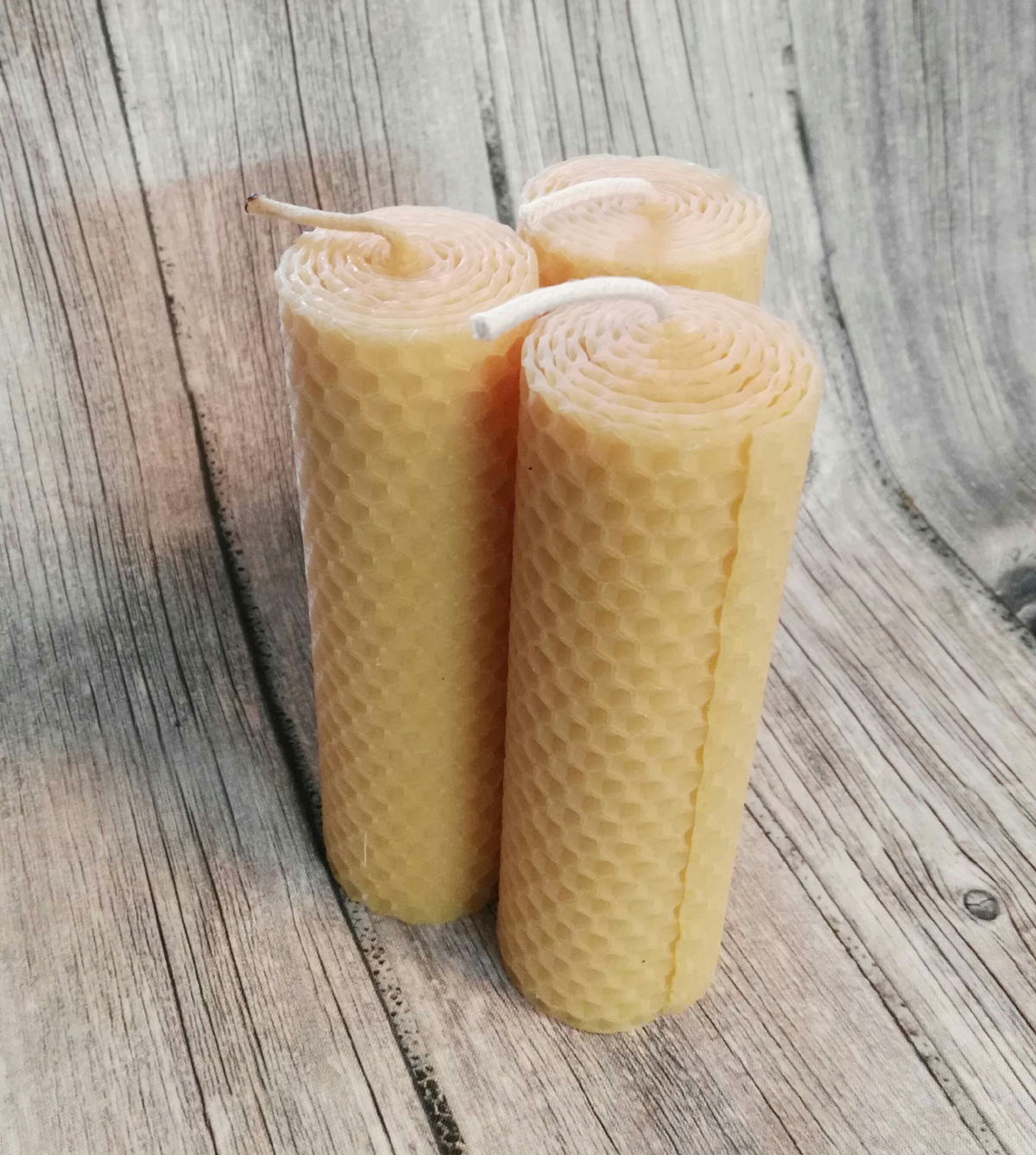Making Soy Candles

Making soy candles is a far more common practice now than it was years ago. Petroleum-based paraffin wax was used in almost all candle making years ago but now there are natural alternatives which many people find more appealing. So although soy wax is a little more expensive, many see it as a preferable choice and are looking to learn how to make soy candles.
What’s Different About Making Soy Candles?
Well of course the major difference is in the wax itself. Soy wax is a plant-based wax derived from soybeans oil which is extracted from soybean flakes and then hydrogenated. Most of the world’s soybeans come from Iowa, Illinois and Indiana in the United States.
One of the things that some people like about soy candles is that they ‘burn cleaner.’ They still emit soot, all candles do, this can’t be avoided, but while paraffin candles release black soot, soy candles release white soot, soy candle soot is cleaner.
Soy is also a softer wax than paraffin and therefore it is not as suitable for certain types of candles, more on that a little later.
How to Make Soy Candles
The method for making soy candles is essentially the same as with paraffin candles. You need your wax, a mold, a wick and heating apparatus. The heating apparatus used is a double-boiler which is when you place a large pot of water on the stove, and a small pot containing the wax into the large pot. If you placed the wax into a pot and directly onto the heat source, the wax would be highly likely to burn.
Place the unmelted soy wax into the small pot, which in turn goes into the big pot of water on the stove
Heat to approximately 150-180 degrees. Don’t allow the melted wax to remain over 150 degrees for long though or it may burn and cause the wax to turn yellow.
When the soy wax is all melted, remove from the heat and mix in any coloring or oil based fragrance that you wish. Be very sparing, very small amounts are all that is needed. For the fragrance oil, a good rule of thumb is one ounce of fragrance for every one pound of wax.
Have the wick secured in position and pour the wax into your mold. The pouring temperature should be around 95-110 degrees. If it has cooled too much it may crack.
Leave it alone to cool for 4-6 hours.
As I said earlier, soy wax is softer than paraffin and so is not ideal for certain types of candles. Soy wax should not be used for pillar, taper, or some novelty candles. If you are using soy wax to create floating candles they should be up to 3 inches in diameter.
Whether you are making soy candles for business, for gifts, or for personal use, they are well worth experimenting with and the demand for them is constantly growing. There are only subtle differences between working with soy and working with paraffin so if you are an experienced candle maker you should have no difficulty making soy candles. If you are yet to make your first candle creation you might as well learn how to make soy candles as a fitting introduction to this increasingly popular hobby. A little guidance, a little practice and a little experimentation and you are on the path to becoming an expert candle maker.
The Author:
Brook Santello is a candle making enthusiast and expert. If she’s not somewhere making candles, she’ll be somewhere writing about it! For more great information on making soy candles http://www.easycandlemakingtips.com

